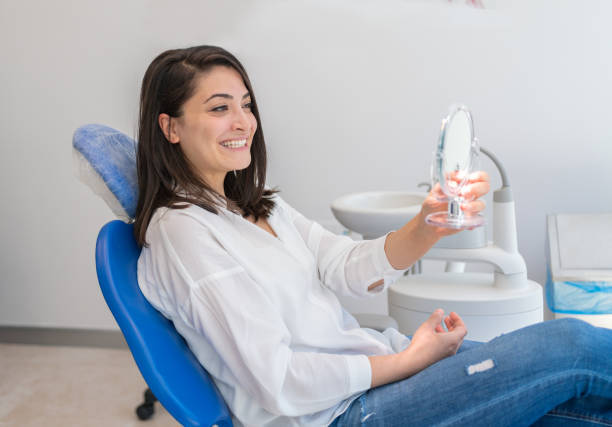Orthodontic Appliances: Essential Tools for Smile Correction
Body

Orthodontic appliances have transformed the way dental professionals correct alignment issues, offering patients solutions that improve both aesthetics and oral function. These appliances are carefully designed to gradually guide teeth and jaws into better positions, enhancing health and confidence.
What Do Orthodontic Appliances Do?
Orthodontic appliances are devices that work to correct crooked teeth, bite irregularities, and jaw misalignments. They can be fixed or removable, depending on the treatment plan. While many people associate orthodontics only with braces, appliances include a wide range of tools that work individually or in combination to deliver the best outcomes.
Common Fixed Orthodontic Appliances
Fixed appliances stay attached to the teeth throughout treatment and offer consistent results because they work around the clock. Some widely used fixed appliances are:
- Braces: Traditional or ceramic braces are the most familiar orthodontic solution.
- Palatal expanders: Applied mainly to children, these widen the upper jaw to create sufficient space.
- Anchorage devices: Small tools used inside the mouth to provide additional support during treatment.
- Fixed retainers: Thin wires bonded behind teeth to maintain alignment after active treatment.
Since they cannot be removed by the patient, fixed appliances ensure treatment is always progressing.
Common Removable Orthodontic Appliances
Removable appliances give patients more flexibility in daily life, but they require responsibility to wear them as directed. Popular removable appliances include:
- Clear aligners: Nearly invisible trays designed for gradual tooth movement.
- Retainers: Essential for keeping teeth in place after braces or aligners.
- Functional appliances: Used to reposition the jaw and improve bite relationships.
- Mouthguards and bite correctors: Custom-made devices for protecting teeth or correcting specific bite issues.
Patients appreciate removable appliances for their comfort and discretion, though effectiveness depends on consistent wear.
Benefits of Using Orthodontic Appliances
Orthodontic appliances provide both cosmetic and health advantages. Patients benefit from:
- Straighter teeth that are easier to brush and floss.
- Reduced risk of gum disease and tooth decay.
- Correct bite alignment that minimizes tooth wear.
- Improved speech clarity and chewing efficiency.
- Greater confidence from an attractive smile.
These benefits last a lifetime when treatment is followed correctly.
The Orthodontic Treatment Journey
Orthodontic care begins with an evaluation of the patient’s teeth and jaws. Impressions, photographs, and x-rays help the orthodontist design a customized plan. Once an appliance is placed, progress is monitored regularly with adjustments or new sets of aligners. Treatment times vary depending on complexity but generally last from one to three years.
Patient Care and Responsibility
For orthodontic appliances to work properly, patients must take care of them and practice good oral hygiene. Important steps include:
- Brushing thoroughly after meals to remove food particles.
- Using floss threaders or special brushes for braces.
- Cleaning aligners or removable devices daily.
- Avoiding sticky foods and hard snacks that damage appliances.
- Following all instructions regarding wear time.
Responsibility and discipline play a huge role in treatment success.
Why Retention Matters
After active orthodontic treatment, teeth have a natural tendency to shift back to their old positions. Retainers are used to hold them in place and allow the bone and gums to adapt. Patients may wear retainers for years, usually starting with full-time use and later transitioning to nighttime wear. Without proper retention, results may not last.
Conclusion
Orthodontic appliances are vital for creating healthy, straight smiles that boost confidence and improve oral function. From braces to aligners and retainers, each appliance has a unique role in guiding teeth and jaws to their ideal positions. With proper care, regular dental visits, and patient cooperation, orthodontic appliances can provide results that last a lifetime.







Comments